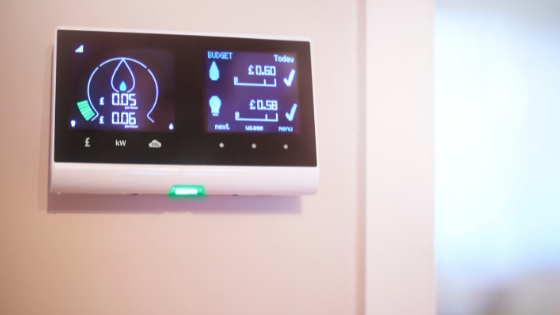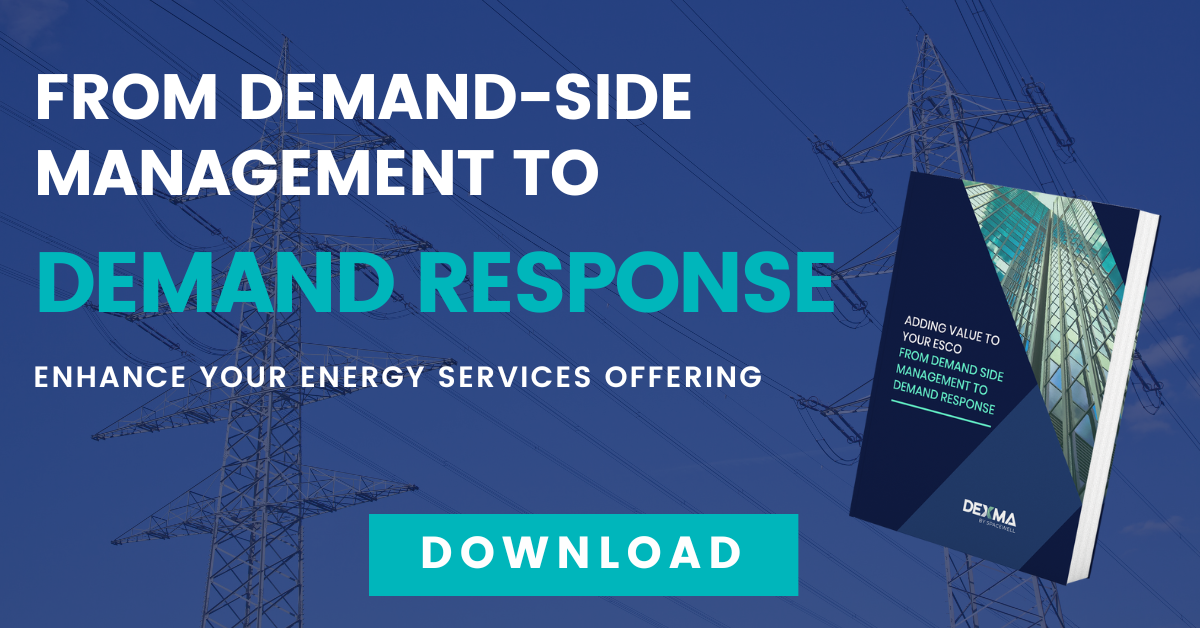As of 1st April 2017, the energy regulation P272 has come into force in the United Kingdom.
Officially titled the Ofgem Balancing Settlement Code, this regulation has fundamentally changed the way more than 150,000 businesses in the UK are billed for their electricity use. All told, P272 represents a major step in the nationwide smart meter rollout that is set to continue through to 2020.
Read on to find out if and how your business or customers are affected, what it means for your energy bill, and what you need to know to come out ahead.
What is P272?
P272 is a mandatory industry change instituted by Ofgem (the UK government regulator for gas and electricity markets) that changes how non-domestic electricity consumption is billed.
As of 1st April 2017 all meters in profile classes 05 to 08 (also known as “max demand meters”), where an Automatic Meter Reading (AMR) is in place, are billed based on their actual half-hourly (HH) consumption (HH settlement) rather than a single industry-wide forecast pre-determined by Ofgem.
What does “settlement” mean in this case?
Settlement is the process by which electricity consumption is determined. It is done to work out any imbalances between supply and demand within a given period. Currently, if your metering system is 100kW or above (HH Market), this is done using actual consumption data from each half-hour period via remote communication with the meter.
This means that following the implementation of P272, Profile Class 05-08 meters will automatically send actual half-hourly consumption data to suppliers for faster, more efficient settlement.
Why has P272 been implemented?
Essentially, P272 was designed to give business customers that use more energy than the average customer more control over their supply by billing their usage on a half-hourly basis.
The introduction of mandatory half-hourly metering for C&I energy users is designed to incentivise innovation in the energy market via new time of use tariffs and demand-side response.
According to industry commentators, the new regulation represents a “kick” to the industry to “drive some kind of behavioural change through different use patterns” and enable non-residential energy consumers to go to alternative sources for data collection and management, which will ultimately lead to a better understanding and analysis of their energy consumption.
Who is affected by P272?
P272 applies to all companies (or individual sites within a company) with a profile class between 05-08, meaning AMR meters in profile classes 05, 06, 07 or 08.
Affected companies must appoint a Meter Operator/Data Collector who will maintain the meters, collect the half-hourly data and send it to the energy supplier.
According to estimates by Utilitywise PLC, over 160,000 sites will be affected by P272 changes.
Although domestic properties(Profile Class 01-02) are not affected, It is worth noting that Ofgem plans to extend this regulation to smaller non-domestic customers (Profile Class 03-04) as well, in an effort to create an entirely smart energy market across the UK.
How do I find out my profile class?
All electricity supplies have a Meter Point Administration Number (MPAN) assigned to the supply which is shown on the electricity invoices. The first set of numbers of the supply number relates to the profile class.
Find out your meter type by looking at the Supply Number on your bill – the first section on the Supply Number above the 13-digit core MPAN is your Meter Profile Class. It is shown as a two-digit number in the upper-left section of the MPAN label (’00’ in the example below):
Do I need to do anything?
You will need to appoint a Meter Operator (MOP) and Data Collector (DC) to maintain the meter and analyse the consumption data.
Remember to use a trusted partner when dealing with energy data management – one that will minimise disruption because they understand how the changes will affect your business specifically. If you do not have an energy manager or preferred data collector, now may be the perfect time to contract bespoke energy services for your business.
If you haven’t chosen a Meter Operator (MOP) or Data Collector (DC), your supplier will have done it for you and will pass through any charges to you. The important thing to understand is that you have options to choose these agents yourself, and there are potential savings you might be missing.
Talk with your energy supplier directly to ensure their default providers are offering the services that meet your business requirements and energy data needs.
How will these changes appear on my energy bill?
From 1st April 2017 and onward, your meter will be read automatically every 30 minutes. So instead of using a single reading to calculate your bill based on annual consumption, your supplier can formulate a clearer picture of your actual consumption using 17,520 half-hourly meter readings over a full year.
Although your billing becomes more accurate, it could also become more complex and new charges might appear. This is especially true for businesses that require more time and resources from suppliers to collect and process their electricity use every half hour.
Since your electricity use will be recorded every half hour, and your bill calculated from actual consumption data, you might be charged differently depending on the time of day you use electricity. For example, using electricity during peak demand times could cost you more.
Also, if you have a Current Transformer (CT) meter, you may see an increase in your network charges. One of the main reasons for this increase will be because you will now face charges for the capacity the distribution network operator (DNO) has reserved for you on their network.
Is there anything I can do to avoid extra charges?
Yes! Load management or “demand response” is one strategy you can use – here referring to the act of curtailing your energy use to off-peak times when it’s cheaper to use energy.
For instance, if your business uses a lot of power between 4 pm and 7 pm, you could save money by shifting production to 3-4 pm and 8-10 pm.
By using energy management software with monitoring and visualisation capabilities, companies can see exactly when and where they are using the most electricity (peaks load tracking) and take action to shift these loads to cheaper times as appropriate. As consumers take more control of their energy consumption, they can spread out their power use throughout the day instead of during peak hours. This in turn brings down costs for network operators, allowing them to avoid future costs and reduce their charges.
If you are an energy manager, check to see if this is possible for your customers, and ask your current or potential energy supplier about paying less to use electricity during off-peak hours. Switching to a time-of-use tariff can help your clients make the most of off-peak deals.
To learn more about how peak load shifting and demand response can save money for your business, download our latest free guide:





